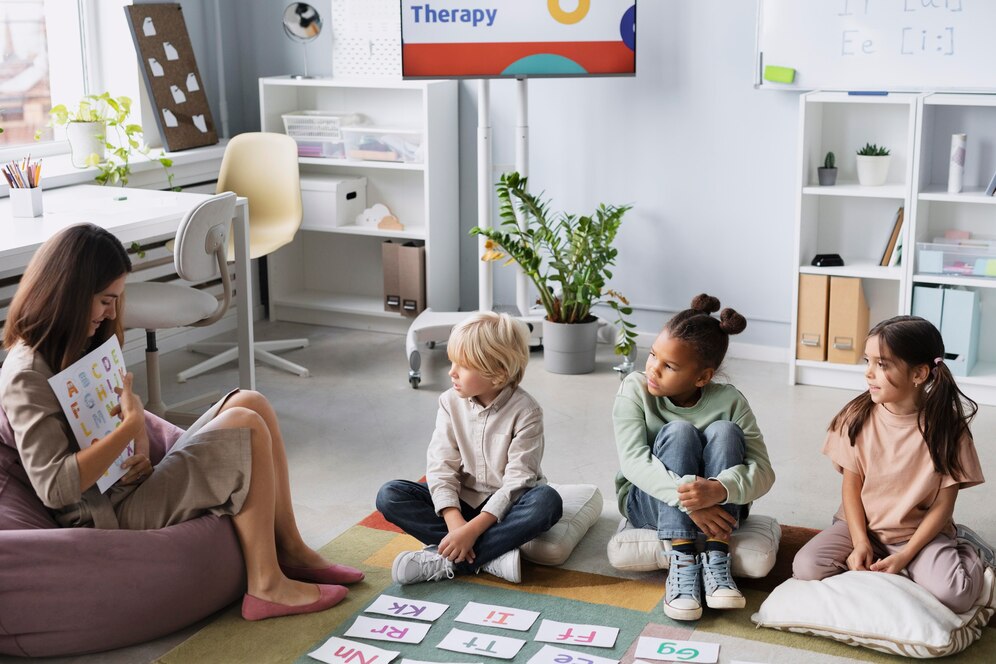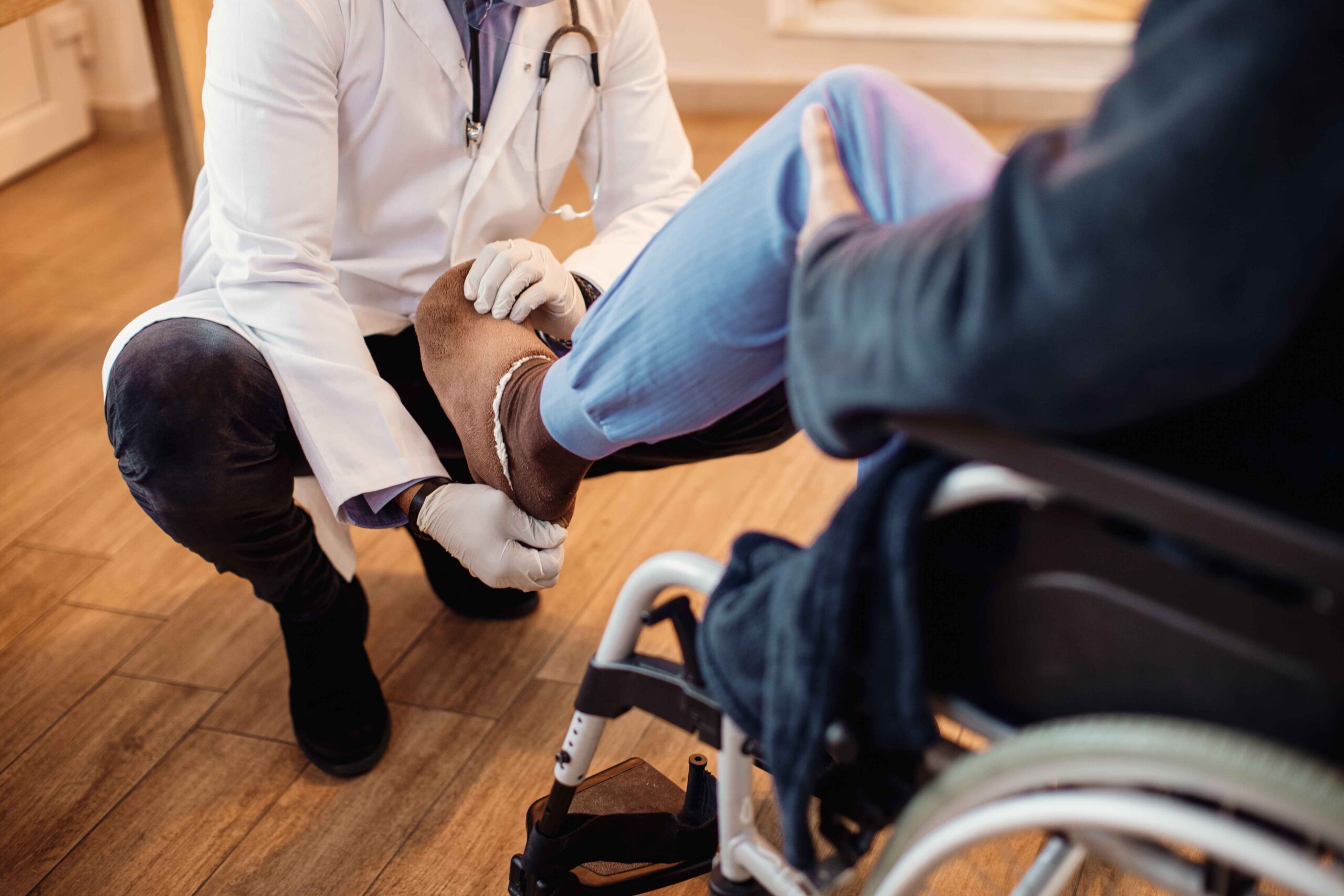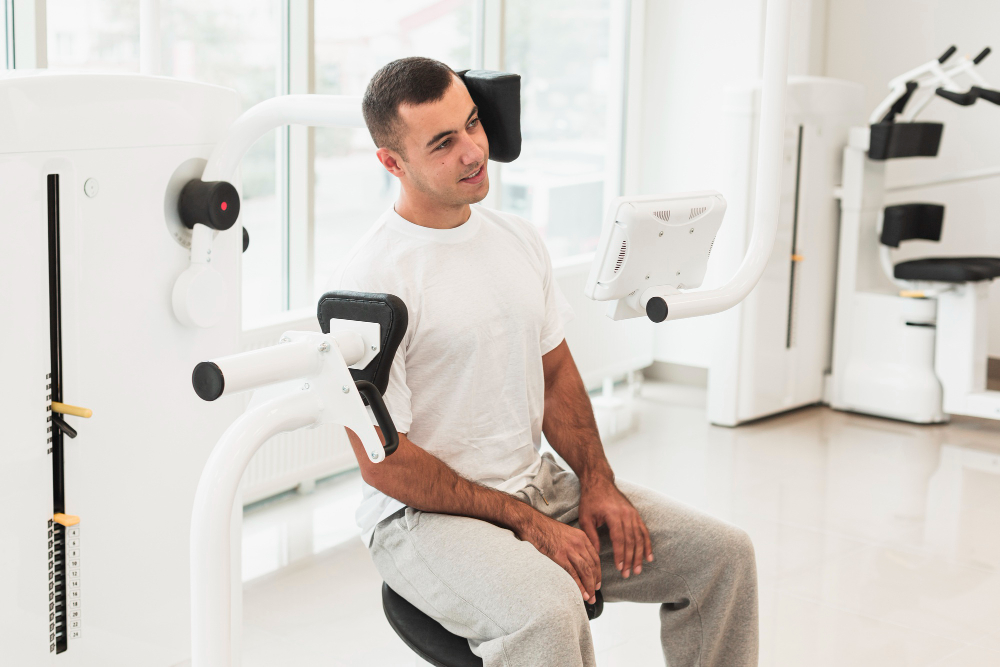
Last updated on by MRC
Have you ever felt a story brewing inside you, a thought begging to be expressed, but the words just wouldn’t come out right? Maybe they stumbled and stuttered, or perhaps they emerged unclear, leaving you frustrated and misunderstood. This internal struggle is a reality for many, and it’s where the journey of speech therapy begins.
Speech therapy isn’t just about correcting sounds or pronunciation. It’s a transformative path, a toolbox filled with techniques designed to unlock the true potential for communication within everyone. Imagine a world where your thoughts flow freely, where expressing yourself becomes a joy, not a hurdle. Speech therapy can be the key that opens that door. So, if you’ve ever yearned to bridge the gap between your inner voice and the world around you, keep reading. Let’s delve into the fascinating realm of speech therapy techniques and discover how they can empower you to communicate with confidence.
Before exploring further, it’s important to understand what speech therapy is, its techniques, and why it’s crucial in overcoming communication challenges.
Speech therapy is a specialized form of therapy aimed at improving communication skills and abilities. It involves the assessment, diagnosis, and treatment of speech and language disorders through various techniques and exercises tailored to individual needs. The goals of speech therapy may include improving articulation, fluency, voice quality, language comprehension, and overall communication effectiveness.
Speech therapy can effectively address a range of communication disorders and challenges, including:
Speech therapy techniques address diverse communication disorders and challenges, significantly improving the quality of life for individuals of all ages. Here’s a detailed look at their importance:
Speech therapy techniques target specific aspects of communication like articulation (speech sound production), fluency (smoothness of speech), voice quality, and language comprehension. By improving these skills, individuals can express themselves more clearly and effectively in various social and professional settings.
Effective communication is closely linked to self-confidence. Speech therapy not only helps individuals overcome speech difficulties but also boosts their confidence in communicating with others, leading to improved social interactions and overall well-being.
Beyond speech, speech therapy techniques also address swallowing disorders (dysphagia). Techniques focus on strengthening oral muscles, improving coordination, and ensuring safe swallowing practices, which are essential for nutrition and overall health.
Language and communication are integral to cognitive processes such as memory, problem-solving, and reasoning. Speech therapy interventions can enhance these cognitive functions by stimulating language processing skills and improving cognitive-linguistic abilities.
Early speech therapy intervention in children can prevent or minimize speech delays and disorders. By identifying and addressing communication challenges early on, therapists can support developmental milestones and improve long-term communication outcomes.
Speech therapy encompasses a wide range of specialized techniques designed to meet the specific needs and goals of individuals seeking therapy. Here’s an overview of the types of speech therapy techniques commonly used:
This technique focuses on improving the accurate production of speech sounds. Therapists work with individuals to correct sound errors and enhance speech clarity through targeted exercises and practice.
Aimed at individuals with stuttering or cluttering disorders, fluency therapy helps improve the smoothness and flow of speech. Techniques include strategies to reduce disfluencies and enhance overall speech fluency.
Voice therapy techniques address voice disorders by improving vocal quality, pitch control, and vocal fold function. Therapists may use exercises to strengthen vocal muscles and teach proper vocal hygiene practices.
This type of therapy targets various aspects of language, including comprehension, expression, grammar, and vocabulary. Techniques may involve structured activities, games, and conversation exercises to improve language skills.
These exercises focus on strengthening the muscles of the mouth, tongue, and throat used for speech and swallowing. Therapists customize oral motor exercises to improve muscle tone, coordination, and control.
AAC techniques are used for individuals with severe communication impairments who may benefit from alternative methods of communication. This includes using communication devices, symbols, or sign language to facilitate effective communication.
In Kolkata, accessing quality speech therapy involves selecting clinics or centers that offer comprehensive and specialized services. For individuals seeking reliable and best speech therapy in Kolkata, choosing a clinic that prioritizes personalized treatment and employs diverse therapy techniques can significantly enhance communication abilities and overall quality of life.
Enter Medical Rehabilitation Center (MRC) – a leading physiotherapy center renowned for speech therapy in Kolkata. MRC stands out as a premier Stroke Rehabilitation Center in Kolkata, specializing in indoor rehabilitation tailored for individuals with paralysis and multiple disabilities. Our facility is equipped with a wide array of specialized equipment, including stand-in-frames, balancing boards, and Biofeedback Machines, among others, designed to facilitate effective therapy sessions that cannot be replicated at home.
Under the guidance of experienced physiatrists and rehabilitation specialists, MRC offers regular check-ups and program adjustments to address medical and psychological challenges associated with these conditions. Our holistic approach integrates speech therapy alongside physical and occupational therapies to enhance speech production, comprehension, and overall physical mobility, helping individuals regain independence and improve their quality of life after stroke.
How can speech therapy at MRC benefit stroke survivors and individuals with neurological conditions?
MRC offers specialized speech therapy techniques to improve communication skills, voice quality, and swallowing abilities, crucial for recovery after strokes and neurological disorders.
What age groups does MRC cater to for speech therapy services?
MRC provides speech therapy for individuals of all ages, from children with developmental delays to adults recovering from injuries or conditions affecting speech and language.
What age groups does MRC cater to for speech therapy services?
MRC provides speech therapy for individuals of all ages, from children with developmental delays to adults recovering from injuries or conditions affecting speech and language.









